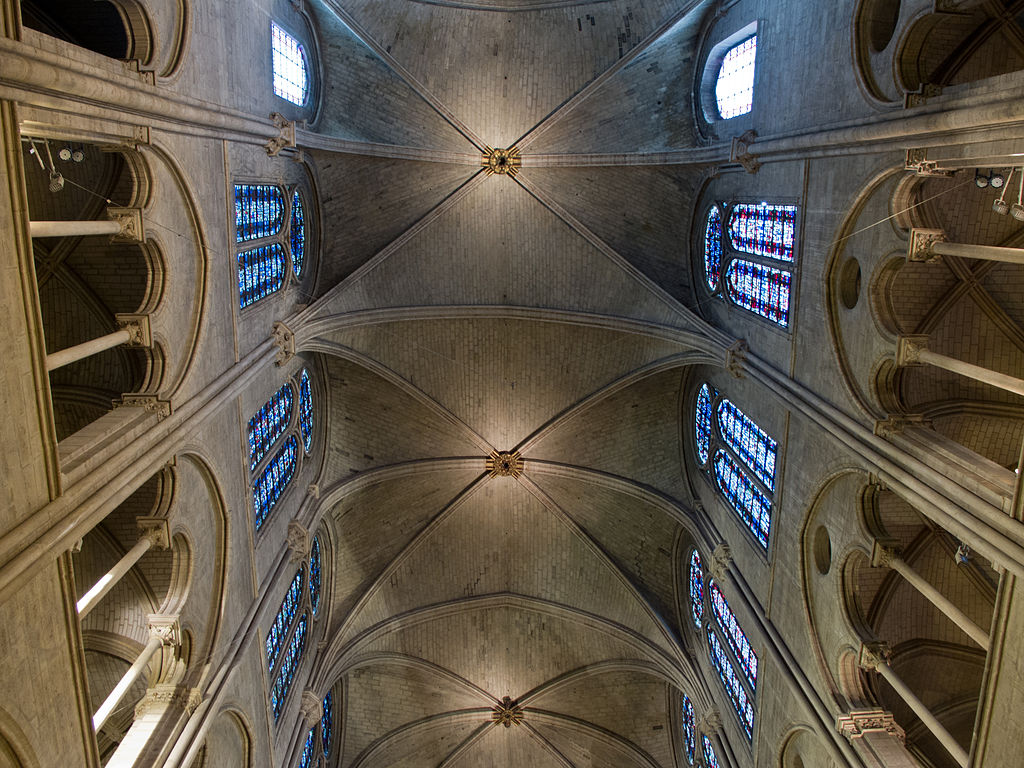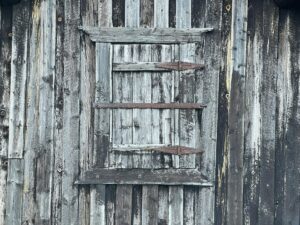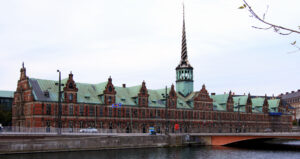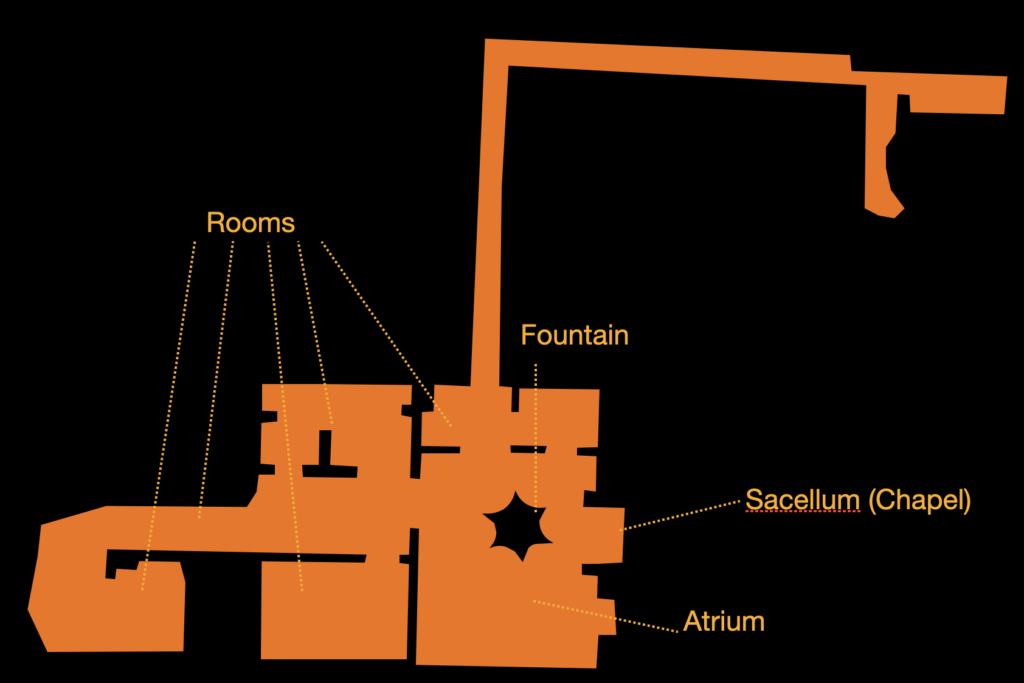Fire Threat to Cultural Heritage Stone Buildings
we note that there is a consistent, albeit incomplete, literature concerning the effects of the fire on the stone elements. This literature, however, is largely aimed at guiding the recovery or restoration of damaged goods. Yet, even before studying how to repair the damage, it would be advisable to put professionals in a position to avoid damage. For this purpose, specific studies should be carried out that allow to define case by case, using the fire simulation tools, what is the quantity and the characteristics of the combustible material that can be admitted in the buildings, to allow an objective evaluation and more specifies what is not done at the time of the protection and safety management measures.
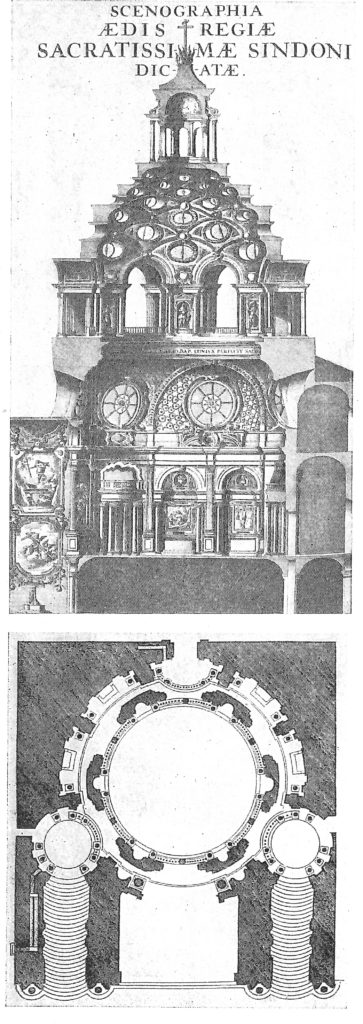
Fire has always been a threat to cultural historic valuable buildings and surroundings.
The level of loss is unacceptable, yet most of us instinctively believe that this will not happen to us and, consequently we make, at best, half-hearted attempts to deal with the issue. It is, quite simply, too difficult for many to imagine how easily an accident can happen, and the magnitude of the resulting damage, even when we succeed in preventing the fire from spreading.
Most property owners believe that as long as they comply with current legislation, their buildings will be sufficiently protected. But this is not the case. The primary aim of most current legislation is to save life, not to save buildings. That said, emerging new laws are starting to broaden their remit and improve the standards to some degree.
As an example, Swedish law now requires property owners to submit written reports to the municipality on the systematic fire prevention measures they have adopted.
When a building is let and used, it is rare for consideration to be given to the fire hazards that individual activities within it can create.
Even though tenancy contracts may involve some of the most valuable and sensitive historic sites, how many contracts cover the tenants’ responsibility to avoid fire?
Probably not many! It is also questionable whether the tenants are aware of their responsibility for the valuable items often stored in historically valuable buildings which, in any event, frequently have substandard fire protection.
At the same time, it is important that valuable items can be seen and used in their proper, authentic settings. But in such circumstances, we must also ensure, as far as possible, that sufficient resources, knowledge and awareness is promoted to preventing fires.
Equally, it is fundamental that we need to find solutions that do not unnecessarily intrude on the historical fabric and value of what we need to protect. For example, many historic buildings are made with stone structures. In addition to the various benefits that this type of material, which is diversified by composition, aggregation and geometry according to historical periods and geographical areas, it must be remembered that exposure to fire constitutes in most cases an important vulnerability. Even recently, several cases of fire have highlighted the importance of designing from fire, in buildings belonging to the cultural heritage, building elements to which adequate attention is not always paid.
The case of the fire that seriously damaged the chapel that housed the Holy Shroud in Turin, on April 11, 1997, can be considered iconic in this regard. For its restoration it was necessary to open the quarry near the place from which at the time the stone material with which the supporting structures had been made had been extracted (see reference, page 25) . Among other things, the individual blocks had been designed and installed with techniques of which the memory had been lost and which forced the restorers to a specific study.
The archaeological heritage made up of stone elements is also exposed to serious damage in the event of fire. Vegetation fires, the severity of which seems to be increasing, can put ancient walls and elevated structures at risk in the absence of adequate prevention work. Also in this case, the fire that on August 31st, 2020 has licked the walls of the Bronze Age of the archaeological site of Mycenae, in Greece, has highlighted the risk.
Among other things, both in the event of a fire indoors and outdoors, in addition to the damage that the temperature and smoke of a fire can cause, the damage that extinguishing agents (jets of water from fire pumps, releases of water from aircraft) normally cause thermal shock.
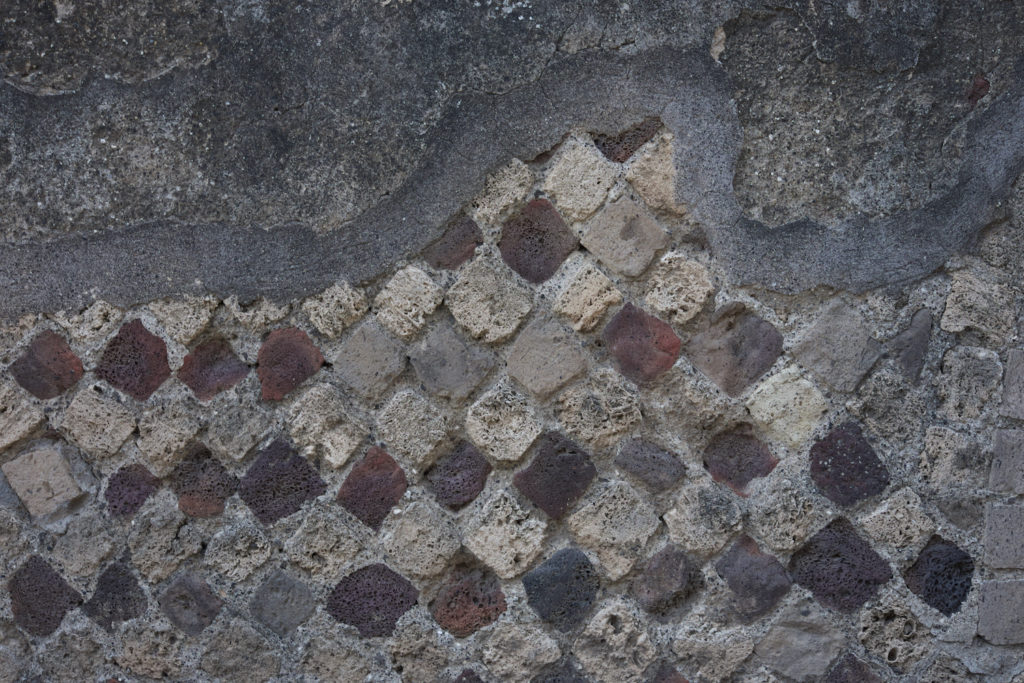
Historically, the effects of fire on stones have been known for millennia. In Roman architecture, for example, afte having built concrete structures for decades, the architects / engineers realized that it was necessary to protect this structural element from fire in some way, which conferred enormous advantages in terms of freedom of design, behavior structural and ease of construction. The solution was identified in the construction of external brick walls (the opus testaceum or the opus reticolatum, depending of the shape of the bricks), able to better withstand the thermal stresses generated by a fire.
In general, however, the problem is open, as the stone elements prove in some cases extremely vulnerable to the thermal stresses induced by a fire. The case of the fire of the Gothic Cathedral of Notre Dame in Paris is emblematic. Although the structure of the Gothic cathedrals is so efficient that it can withstand even very violent atmospheric agents (in some cases, the structures remained intact even when the surrounding area was bombed, such as Cologne Cathedral in Germany) the fire of 2019 led to a very rapid deterioration of the load-bearing capacity of the arches and caused structural failure along the entire length of the central nave.
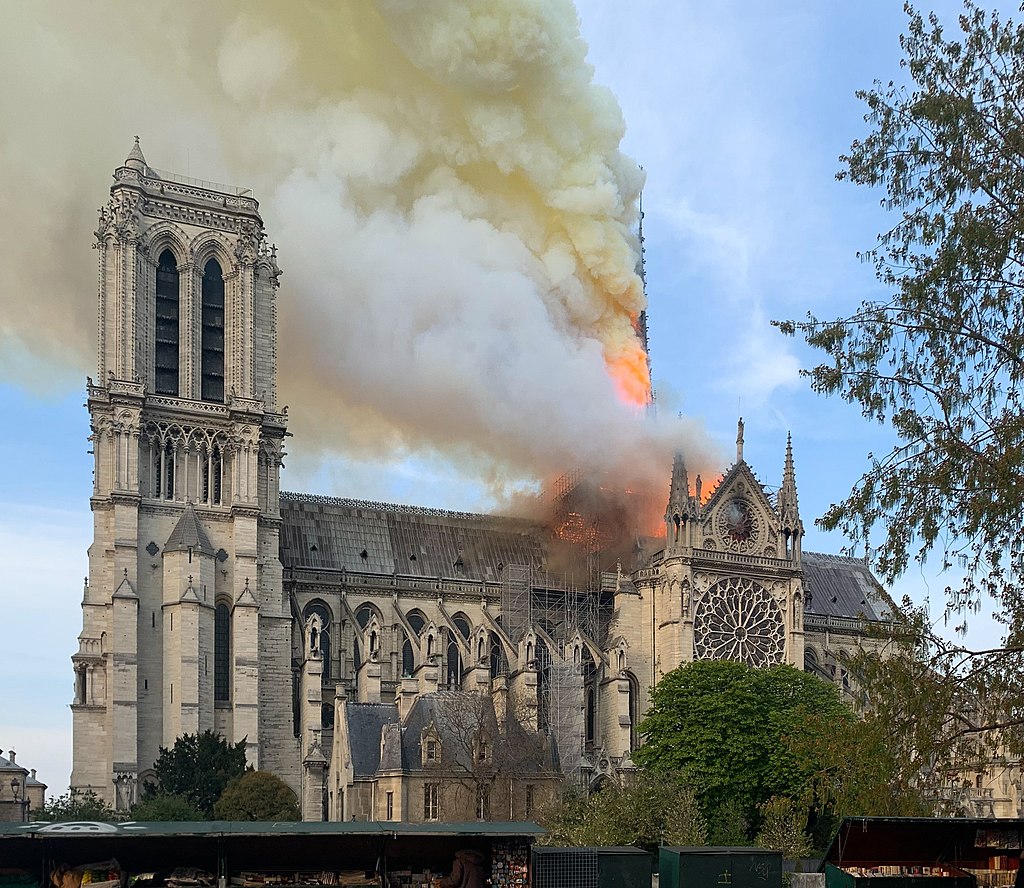
How to prevent catastrophic events of this type? Obviously, the answer is to prevent the combustion products (flames, fumes, high temperature air flows) from touching the stone structures. Unfortunately, however, it is not always possible to eliminate all combustible elements from buildings. The Cathedral of Notre Dame in Paris was famous for the “forest“, that is the wooden structure that supported the roof and which decisively fueled the fire. In these cases, there remains the need to eliminate all possible triggers, even during the restoration phases, which unfortunately involve increasing risks of fire.
Alongside this prevention activity, however, it is appropriate to assess what the effects of a fire would be on stone structures. For this purpose, various applications are available that allow professionals to simulate a fire and to evaluate the damage that a given scenario (i.e. the development of a fire of a given fuel in specific environmental conditions) causes to the structures. The results of this simulation are fundamental to understand if the prevention measures allow at least to avoid catastrophic outcomes in the event of a fire, or if it is appropriate to envisage more radical measures.
This type of process, normally called performance based or fire safety engineering, however, needs data with which to compare the results of the simulation. Limestone elements of a certain size to which temperatures can they be exposed, and for how long, before degrading to the point where they no longer bear the stresses?
Finding data that answers this type of question is very difficult, as research has rarely investigated in this direction and, even more, because the nature of the material and its dimensions are decisive in evaluating fire behavior.
Ultimately, we note that there is a consistent, albeit incomplete, literature concerning the effects of the fire on the stone elements. This literature, however, is largely aimed at guiding the recovery or restoration of damaged goods. Yet, even before studying how to repair the damage, it would be advisable to put professionals in a position to avoid damage. For this purpose, specific studies should be carried out that allow to define case by case, using the fire simulation tools, what is the quantity and the characteristics of the combustible material that can be admitted in the buildings, to allow an objective evaluation and more specifies what is not done at the time of the protection and safety management measures.
References to published documents on this topic are listed below.
1 – Impacts of Fire on Stone-Built Heritage An Overview (Miguel Gomez-Heras, Shelby McCabe, Bernard J. Smith, Rafael Fort).
The 13 pages paper published in the Journal of Architectural Conservation, Number 2 Volume 15, July 2009 , “seeks to highlight the need for a greater awareness of the threat that fire poses (and the need to take precautionary measures in the form of fire-suppression systems), of the immediate effects, and of the long- term management issues of natural stone structures which have experienced fire”. In the conclusions the Authors highlight that “there are no hard-and-fast rules on how to deal with stone-built heritage after fire. In reality, post-fire management should not be based on generalities. The case of each individual structure must be assessed since every structure, and perhaps even every stone block within a structure, has a unique stress history; conservation should therefore be informed by targeted research and regular monitoring”.
2 – Fire Damaged Stone Structures in Historical Monuments. Laboratory Analyses of Changes in Natural Stones by Heat Effect (M. Hajpal).
The paper presents an insight of simulated tests carried on sandstones, limestones and tuff. In the conclusions, among other important considerations, the Author states that “The results of these simulated fire tests have shown that the heat resistance of natural stones depends on the type of the stone (sandstone, limestone, tuff, etc.). At sandstones the major influential factors are: the cementing mineral, the amount of cement (grain/cement ratio), the grain size (fine, medium, coarse) and the grain to grain or matrix to grain contacts”.
3 – The effect of thermal stresses on the mechanical behaviour of natural building stones (R. Bellopede, A.M. Ferrero, P. Marini, M. R. Migliazza).
The aim of the paper is “on the basis of experimental data and subsequently of their mathematical simulations through the analytical models propose an experimental methodology which, by means of non destructive measurements, would give a theoretical prediction of the rock material deformability in relation to the crack density”. The results show that there is a “reasonable agreement between computed and measured value”. Such statement can be considered important, since it can help the assessment of fire behaviour of stones through the use of simulation tools.
